Erez Marom Photography
Article: Night is Always Better
Posted on 22nd November, 2015 - Back to Blog Listings
As you might have noticed by now, a subject that I spend a lot of time thinking about is setting my images apart. With the booming photography world and the constant clicking in epic locations, it’s getting harder and harder to produce something that looks different, not only in the artist’s eyes, but also in the audience’s. Photographers have different methods of doing this, and this time I’d like to discuss one of my definite favorites: shooting at nighttime. The night mood can transform an image completely, and turn a well-known location on its head. Add some moonlight play – shoot at moonrise or moonset, add the stars, the Milky Way and the faded night colors – and you have a recipe seldom (or at least much less) tried.
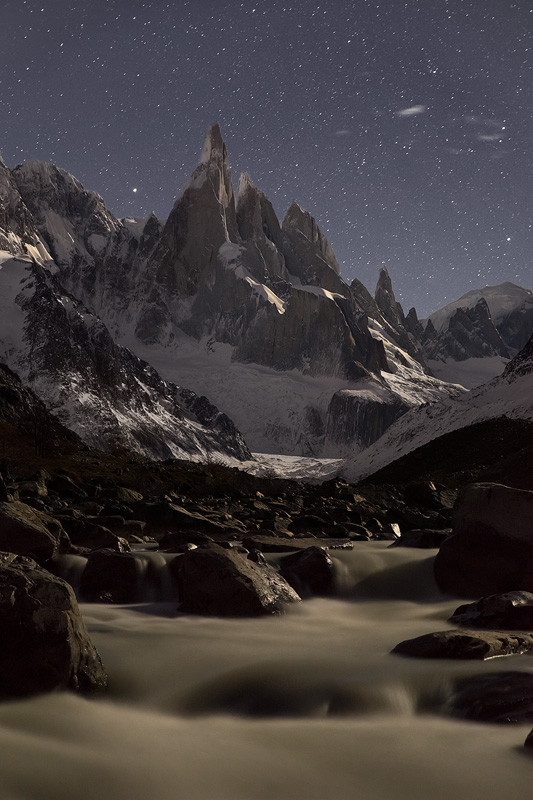
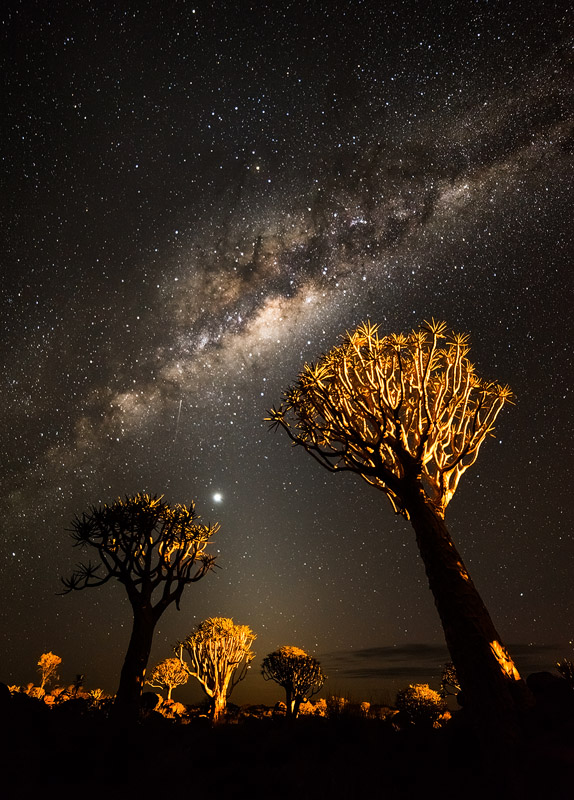
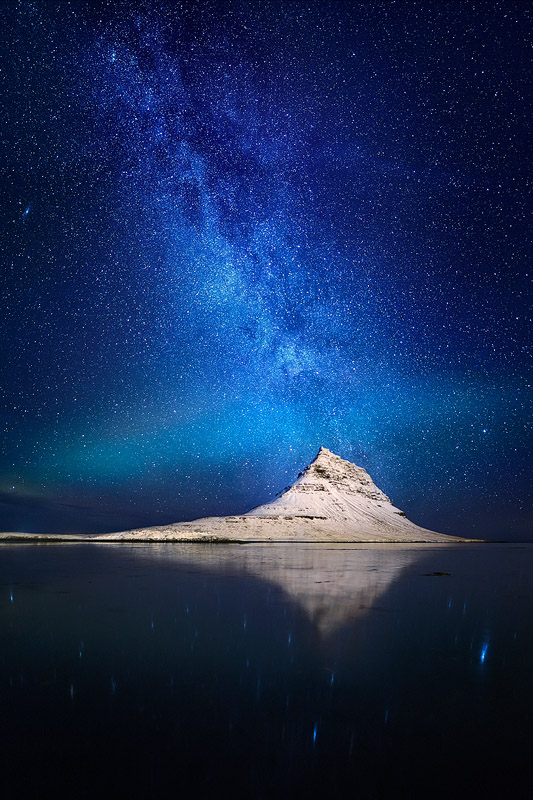
It’s not only the beauty of the night which allows one to produce original imagery – it’s the very difficulty of doing it which impedes most casual shooters from trying. Here’s a magical way of shooting an epic location without hordes of people disturbing you: shoot it when no one is there. Shoot it when normal people are afraid to get there, can’t get permission or don’t want to invest the effort. Shoot it when it’s harder and when only good technique and equipment can capture the scene in all its glory. Be a creature of the night, and your images will be inherently unique. Moreover – shoot night in the places where it’s the least logical things to do. Tropical beaches, forests, you get the idea.
As an example, see the image of Anse Source D’Argent – the world-famous beach in La Digue Island, Seychelles. Being such an iconic place, and being relatively small, I really struggled to take a unique shot there. I took a few unique ones at sunset, but after 1-2 days I ran out of ideas. But then I stayed and waited for the night. All the honeymoon couples and sunbathers were gone. All the coconut-shake vendors were gone. It was me, the granite rocks, the palm trees, the mosquitoes and the night sky. And it was magnificent.
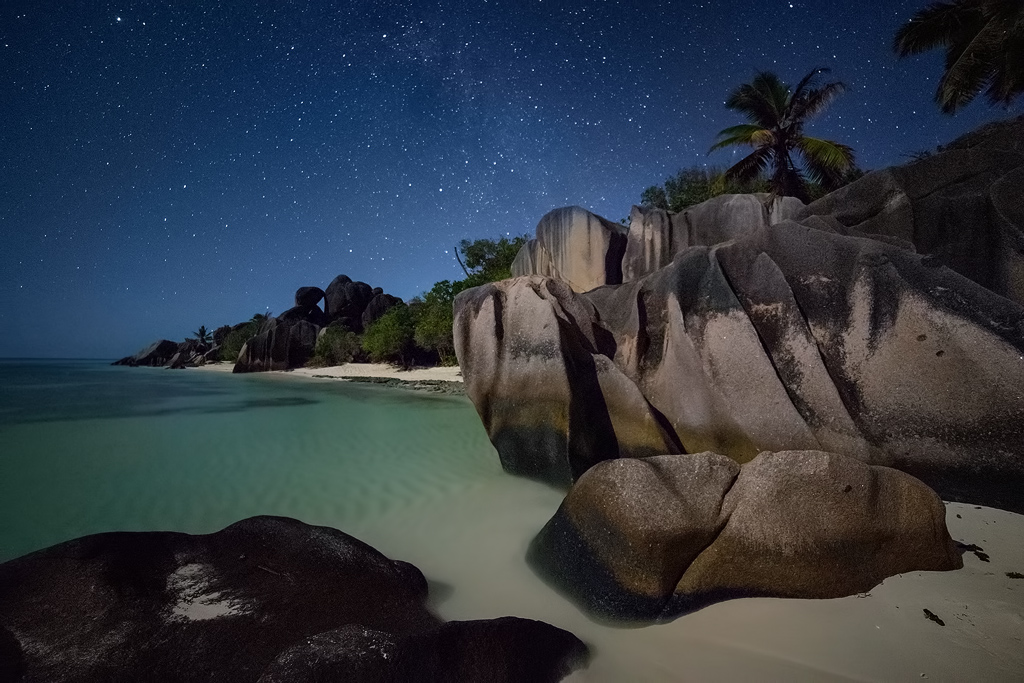
A second example is this night shot of Deadvlei. I had to strech my luck to have the possibility to stay in Deadvlei after sunset, but once the last visitors left in the late afternoon, I had the place to myself (well, together with a few other photographers). The moon shadow cast by the dead trees together with the Milky Way and the night colors turns this shot to a much rarer rendition of this ultra-photographed location. It’s true that you see more and more shots of it by night, but they are but a tiny percentage of the day shots, and in my opinion, much more appealing, moody and visually interesting.
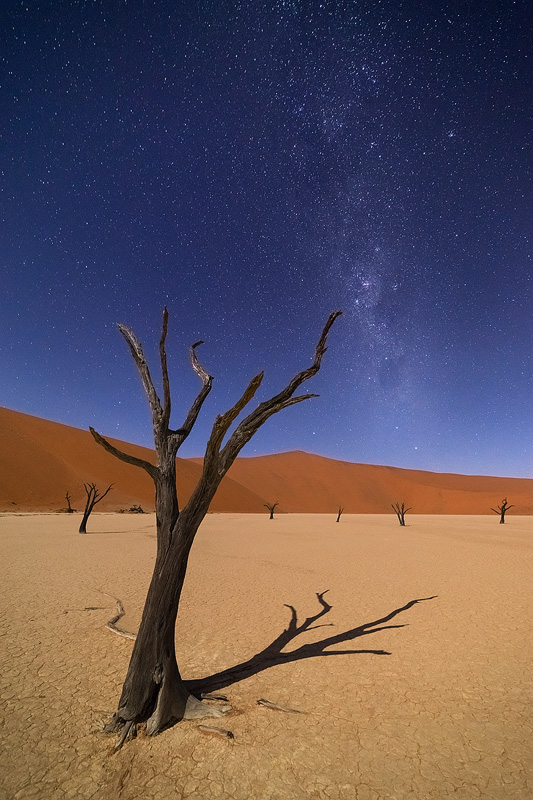
Alright, I admit night is not “always” better, but it’s an excellent way of portraying your shooting locations in another light. In my opinion, every landscape photographer today should have a night repertoire to complement their daylight shots.
